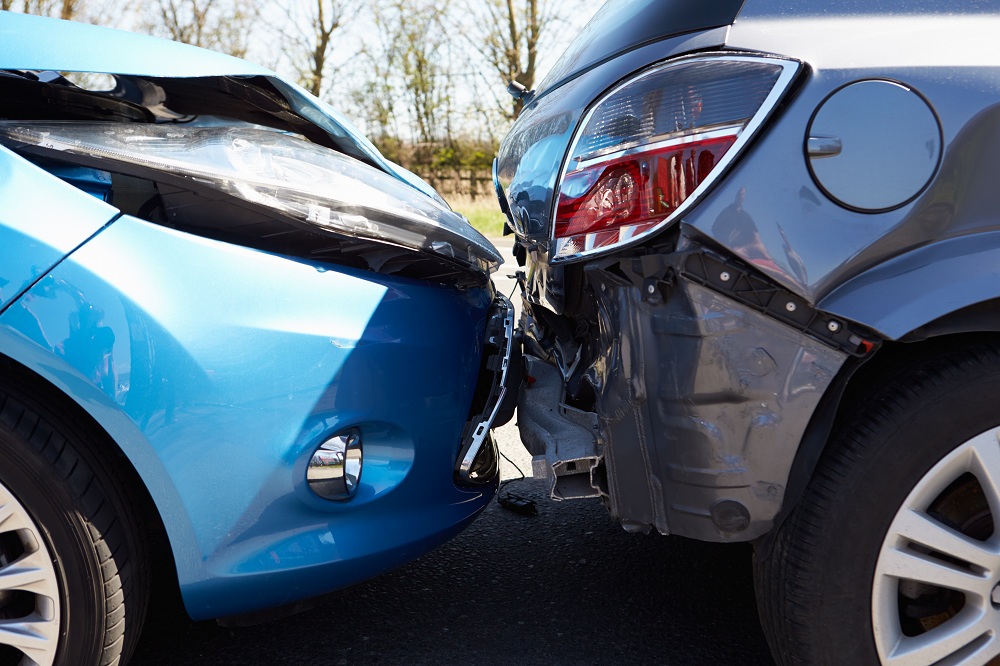
Almost 70 percent of the American population lives in regions like the Washington area that receive over five inches of average annual snowfall. With more than 70 percent of the country’s roads also found in these snowy regions, weather-related vehicular incidents are inevitable.
Snow, ice, sleet, and other winter elements raise the likelihood of road accidents and fatalities. In fact, 24 percent of weather-related car crashes happen because of snowy or icy pavements every year. These accidents cause more than 1,300 fatalities and over 116,000 injuries each winter.
A skilled car accident lawyer in Seattle can help make sure you receive proper compensation after an auto accident in winter. They can help determine liability, keep track of your personal injuries and pain, and ensure your rights are upheld.
Driver Liability for Winter Auto Accidents
Determining who’s at fault in a winter car accident can be tricky due to the weather conditions. Some drivers may argue that being found liable for an accident in snowy or icy roads is unfair.
However, drivers can’t fully blame the weather for an accident. Unless the snowy weather is unexpected, the fact that the roads were icy, slushy, or snow-covered will not be accepted as a defense. After all, if a person knows they would be driving in snowy or icy road conditions, they have a duty to drive more carefully. They can be held responsible for the result of their actions, whether it’s deliberate or not.
Comparative Negligence Law
Both parties involved in an auto accident can be found at fault. The severity of their negligent actions determines their share or percentage of fault in the accident. This, in turn, will determine how much compensation they may recover.
Washington and several other states (including California and New York) have a “pure” comparative negligence law. Under this law, the drivers involved in the accident are allowed to seek compensation with no threshold of fault. This means a driver who is 90 percent at fault in the accident can still recover up to 10 percent in compensation from the other party.

Thirty-three states, including Oregon and Maine, follow a modified comparative negligence law. Drivers at fault are only eligible to receive compensation if they are found less than 50 or 51 percent liable for the accident, depending on the state.
Risky Driving Behavior Resulting in Accidents
Many car accidents during winter are preventable but happen due to drivers’ risky or negligent behavior. Drivers found guilty of the following situations may be held liable for causing subsequent accidents in winter:
- Speeding and tailgating
- Inadequate vehicle maintenance (including worn-out brake pads or bald tires)
- Obstructing other drivers’ vision (such as snow build-up from a truck’s roof falling on another car’)
Following safety guidelines like slowing down and keeping the windshield clear of snow minimizes the likelihood of auto accidents. Proper braking, for instance, helps drivers avoid skidding on slippery roads. It’s also advisable to not use cruise control, which tries to maintain a constant speed and accelerate. If your car skids in the snow, your chances of losing control of the vehicle increases.
Familiarity with your state’s laws on automobile accidents will help you when filing for compensation for medical bills or property damage. Moreover, a well-informed personal injuries lawyer will make sure your rights are recognized.
